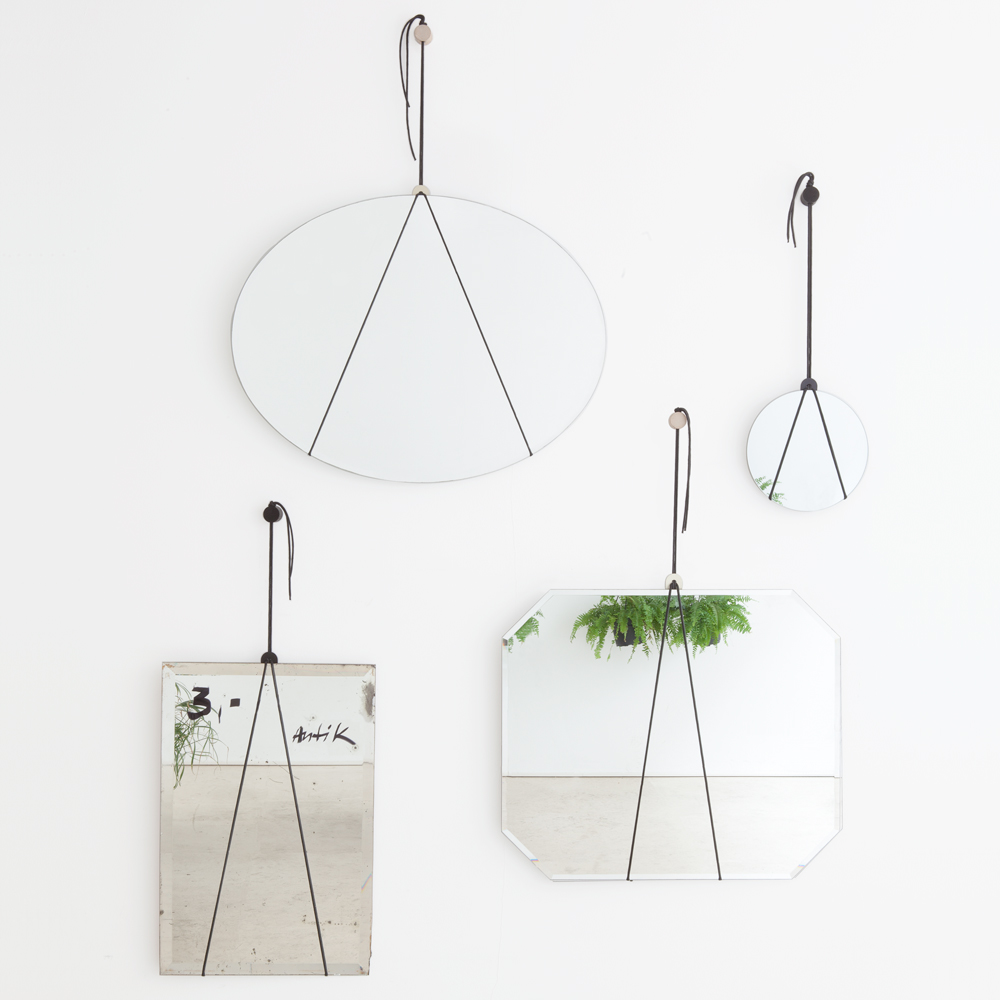Interview / LLOT LLOV
Urban wind
A product design of Berlin studio llot llov is made for a contemporary urban citizen, who likes creating, recycling and playing within his/her environment. Their solutions for a flexible household are practical and poetic at the same time. In their portfolio you will also find interior designs, as well as various experimental workshops.

Hank Large, source: llotllov.com
How did you start your studio?
We opened the studio in 2006 and started with a shared office that had a small store. In 2008 we took part in various exhibitions and gained a lot of positive attention and publicity. As a logical next step we launched the label llot llov – ARTWORK SHOP in 2009. Since then our office is located in the inspiring area of vibrant Berlin Neukölln.
Please present us your basic creative approaches.
llot llov’s design is both functional and emotional.
Who are the current members of the lot love team? Do you also work with external people?
Since 2014 Jacob and Ania are directors of the company. We work together with our office manager Canan,who takes care of daily routines like production and sales. Our interns assist us during the design process and for special tasks we have a broad network of specialists for support.
Nowadays, Berlin is well known as „hipsters’ capital city“. What does it mean to you, as designers, to live and work right there?
We both moved to Berlin in 2001 and quickly the city became more than our home. It is a stimulating place, vivid and creative. A lot of our approaches come from the Berlin lifestyle. Minimal and playful products like MATT, JAMES or HANK match the Berlin way of living.
Some of your projects (for example Lola, Bubbles) are more like pieces of visual art. What is your attitudetowards visual art?
We don’t refer to ourselves as artists – clearly we are designers. Both projects have very different, but design-based background. LOLA was launched in 2008 in a gallery in London. This piece was anexperimental development of our former knitting projects and belongs to the more homely product family of Ray and Matt. Bubbles project was a mixture of experiment and event, based on an Asian toy that produced long lasting bubbles. In a social happening we pushed it to its boundaries by creating an assemblage of glued bubbles. The nice thing about this project was its pop-up character and that visitors were invited to participate. When we started the experiment during the DMY festival in Berlin we didn’t even know where it was leading to (… which was a huge pink bubble – cloud in the backyard).

Matt Cotton, source: llotllov.com
I have noticed, that in the field of product design, you often get inspired by industrial materials and forms. Where else do you look for your inspiration?
We observe life and the spirit of today. The latest project HANK is one example. People nowadays like to co-create, to re-use and to reconstruct. HANK gives you an opportunity to reanimate an old mirror and give it new character. By using the harness by llot llov you get an individual piece that looks different with every glass.
Who is an „ideal customer“ of your products?
That depends on the product. Our experience is that a lot of our customers live in cities. So we guess LLOT LLOVs design acts well in an urban context.
Your product design is very emotional, personal. Therefore I would like to ask, if you use any of your products yourself, at your households?
Both of us have MATT, RAY, TEA, ET, and JAMES in our households. Jacob is a proud owner of one LUCILLE and a BILL shelving.
How would you describe contemporary German design? What would you recommend to us?
German design went through a lot of changes in recentt imes. I guess the previous generation of designersalready changed its perception. Names like Konstantin Gricic, Stefan Diez and Werner Aisslinger prove that the German design are not only industrial, but have many different layers. Today upcoming designers like Judith Seng or Sebastian Herkner are protagonists of a new generation. Judith Seng, for example is alsobased in Berlin and wellknown for her poetic performance Acting Things, where she cooperated with dancerBarbara Berti. Studio Seng works out of the box, but also matches classic interior and industrial design. On the other hand there is precise pieces by Sebastian Herkner, who is based in Frankfurt. His pieces are elegant, close to everyday life and you would not say it a German design.
What makes you most happy these days?
To dance in sunlight.
